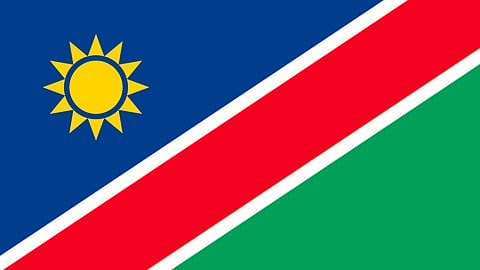Namibia prepares to become global hotspot as oil boom ignites economic transformation
Namibia's Walvis Bay port is buzzing with activity as the country prepares for an economic boom driven by significant offshore oil discoveries. Companies like TotalEnergies, Shell, and Galp Energia have found substantial oil reserves, sparking a frenzy of interest and infrastructure development. These discoveries, if commercially viable, could transform Namibia's economy, much like Guyana's rapid growth. Major oil firms are now eyeing Namibia, anticipating its rise as a new energy hub.
Sign up for your early morning brew of the BizNews Insider to keep you up to speed with the content that matters. The newsletter will land in your inbox at 5:30am weekdays. Register here.
Join us for BizNews' first investment-focused conference on Thursday, 12 September, in Hermanus, featuring top experts like Frans Cronje, Piet Viljoen, and more. Get insights on electricity and exploiting SA's gas bounty from new and familiar faces. Register here.
By Paul Burkhardt
Off a busy pier in Namibia's main port of Walvis Bay, the seeds of an economic boom are being planted.
___STEADY_PAYWALL___

